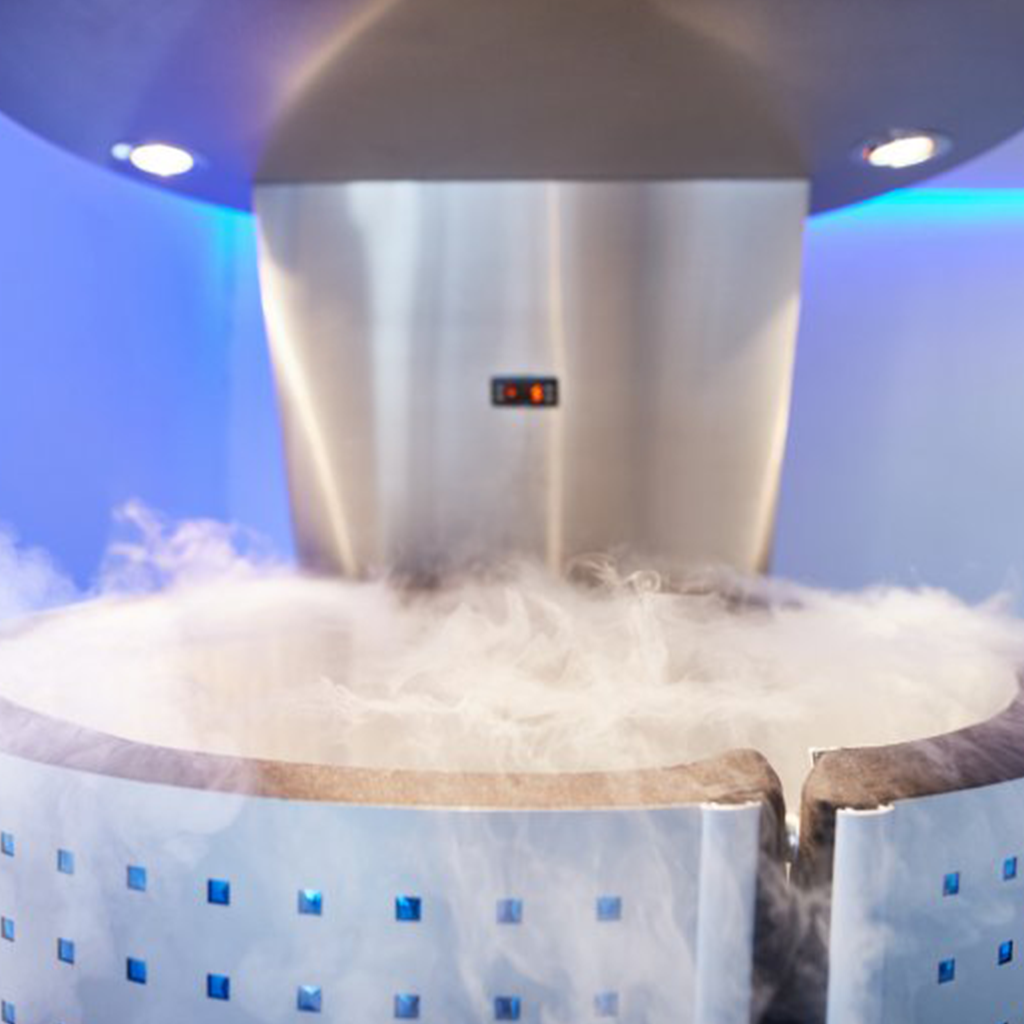Tension headaches: cryotherapy comes to the rescue

出版日期: 07-02-2023
更新日期: 28-04-2023
主题: 神经内科
预计阅读时间: 1 分钟
Prolonged use of PCs and smartphones, also aided by new ways of working remotely, have produced a significant increase in people suffering from neck pain. Muscle-tensive headache is one of the most common, and in some cases disabling, symptoms with which cervicalgia (or neck pain) is accompanied, an affliction also exacerbated by postural dysfunction (such as, for example, lumbar, back, or scoliosis hyperlordosis), whiplash, cervical hernias, and degenerative conditions (such as osteoarthritis and spondylosis).
We discuss this with Dr. Giovanni Bua, Head of the Functional Rehabilitation Unit at the Istituto Clinico San Rocco.
Tell-tale symptom of muscle tension headache
In addition to pain in the neck area, i.e., classic neck pain, many patients present with constant pain at the nape of the neck, of varying intensity, often radiating to the forehead and around the eyes. Pain may be accompanied by secondary symptoms, such as sensation of:
- nausea,
- dizziness
- general and/or muscle fatigue.
Diagnosis of muscle tension headache
The symptoms related to cervicalgia should not be underestimated, and "do-it-yourself" treatment and self-medication should be avoided. In the case of headache associated with cervicalgia, diagnosis is necessary and important in order to rule out pathologies that can sometimes be serious and need the earliest possible treatment. Therefore, a thorough physiatric examination is necessary, with particular focus on neurological examination, in order to rule out pathology:
- of the cervical spine (cervical hernias, spinal cord issues, postural dysfunctions, such as scoliosis and scoliotic postures, dorsal hyperclyphosis);
- neurological (such as vascular problems, neoplasms, etc.).
Cryotherapy to defeat muscle tension headache
Among the newest therapies to treat muscle tension headache is cryotherapy. This is an innovative physical therapy method that, due to its ability to deliver hyperthermia by generating endogenous heat, resulting in a temperature rise of up to 41°C, and cryogenic therapy that can go as low as -18°C, creates a localized and deep thermal shock.
The 2 rapidly alternating hot and cold phases result in a heat shock that stimulates microcirculation and generates local and deep biological stimulation. Cryotherapy has the following effects:
- antiphlogistic (anti-inflammatory);
- analgesic (cold inhibits nerve endings by slowing nerve conduction of algogenic impulses);
- muscle relaxant on cervical muscles.
This results in a kind of "turning off" the trigger points (areas that are irritable and where pain is concentrated in a muscle tissue) responsible for the headache that are treated with specific protocols.
Once the pain has been relieved, the underlying cause of cervicalgia must be resolved, especially when it is related to postural dysfunction, through postural re-education and hygiene treatment so as to correct any "vices" and wrong habits that the patient assumes during work and recreational activities.
